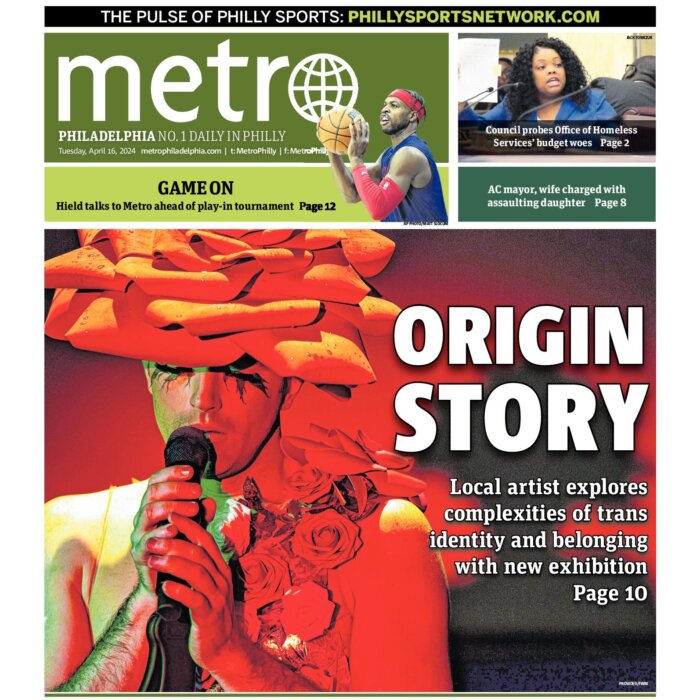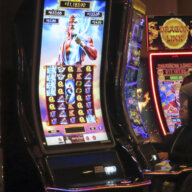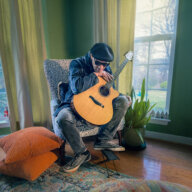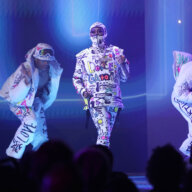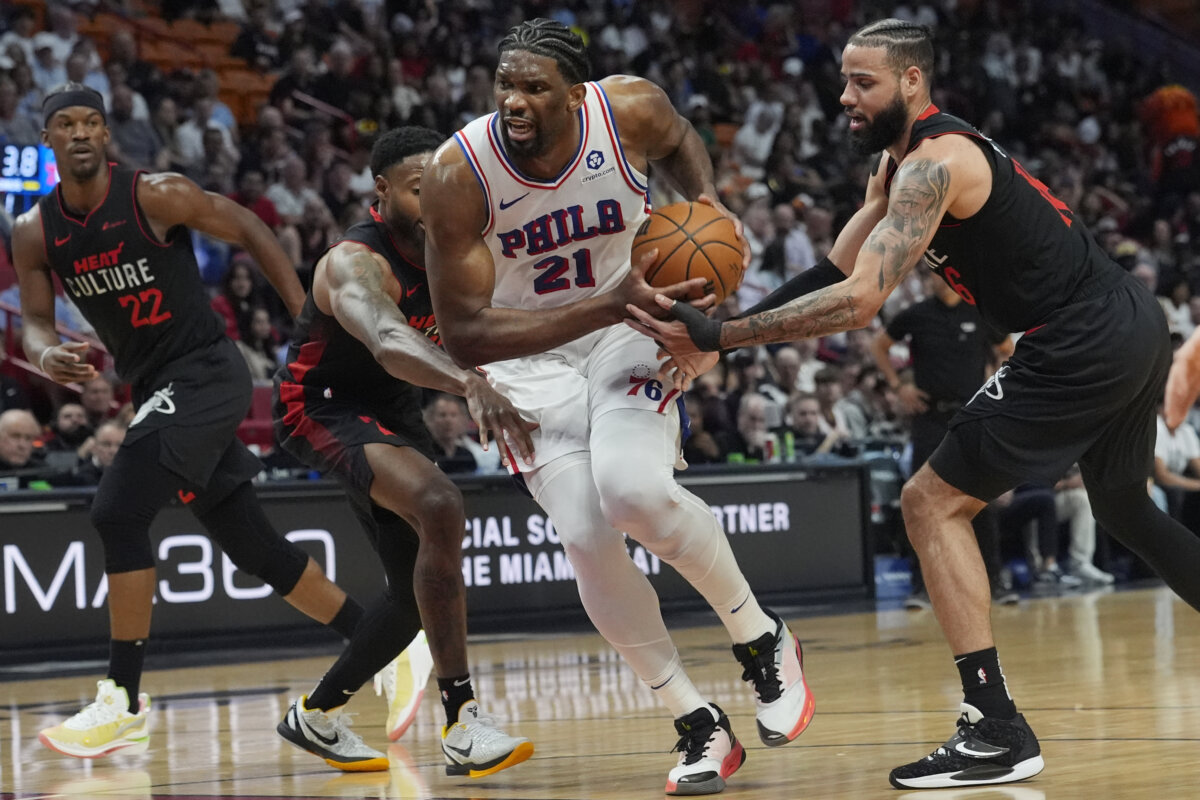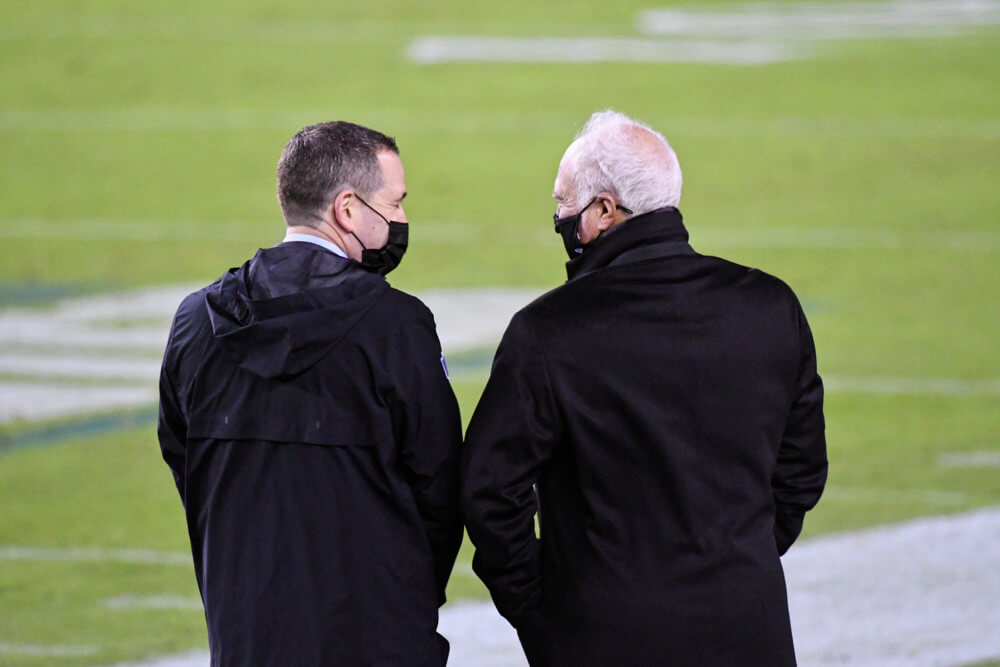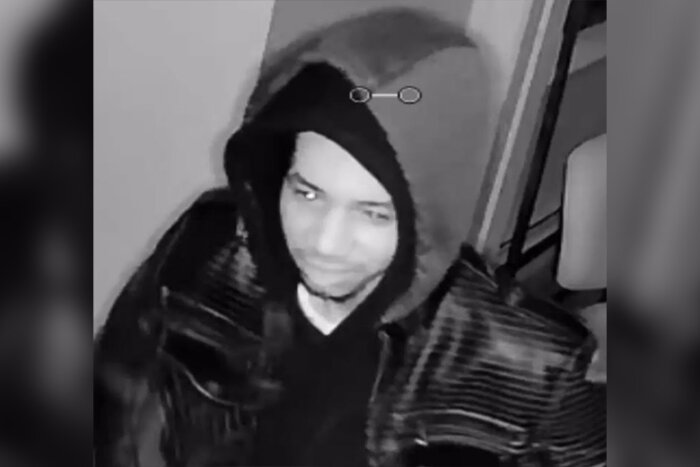In the most interesting performance of a Beatles tune since the Fab Four played on a London rooftop, students in Drexel University’s Music and Entertainment Technology Laboratory (MET-lab) have programmed four humanoid robots to perform “Come Together” in a must-see video viewable at YouTube.
MET-lab student Matthew Prockup created the musical arrangement for drums and three “hubophones,” unique percussion instruments designed and built by the lab for the performance. The robots are autonomous, moving according to the computer software developed by MET-lab students.
The performers are four of seven identical Korean-made HUBO robots that are currently headquartered at Drexel. Each is about four feet tall, and has joints and movement capabilities similar to that of a human being, including hands with functional fingers and opposable thumbs.
“It’s unprecedented to have these robots all here,” said Youngmoo Kim, director of the MET-lab. Because they’re so expensive, most schools can’t afford more than one. Having multiples of identical robots allow for comparative studies, which are otherwise impossible, says Kim.
Each of the seven robots will ultimately find a home in a different school, including the University of Pennsylvania, with all schools collaborating on cutting-edge humanoid robotics research. For now, though, researchers from the other schools will travel to Drexel to receive training with the HUBOs.
One thing we can tell you
The “Come Together” performance has its roots in 2008, when Drexel received a five-year grant from the National Science Foundation Partnership for International Research and Education (PIRE). The grant has supported the close collaboration between Drexel and the Korea Advanced Institute of Science and Technology, which designed and built the HUBOs.
Over that period, students at the MET-lab have developed a variety of algorithms for the HUBO, teaching it to dance, play the piano and accompany music with a tambourine.
